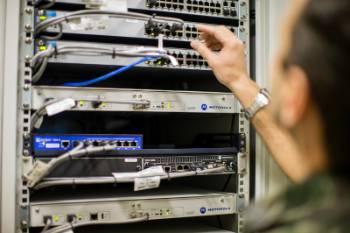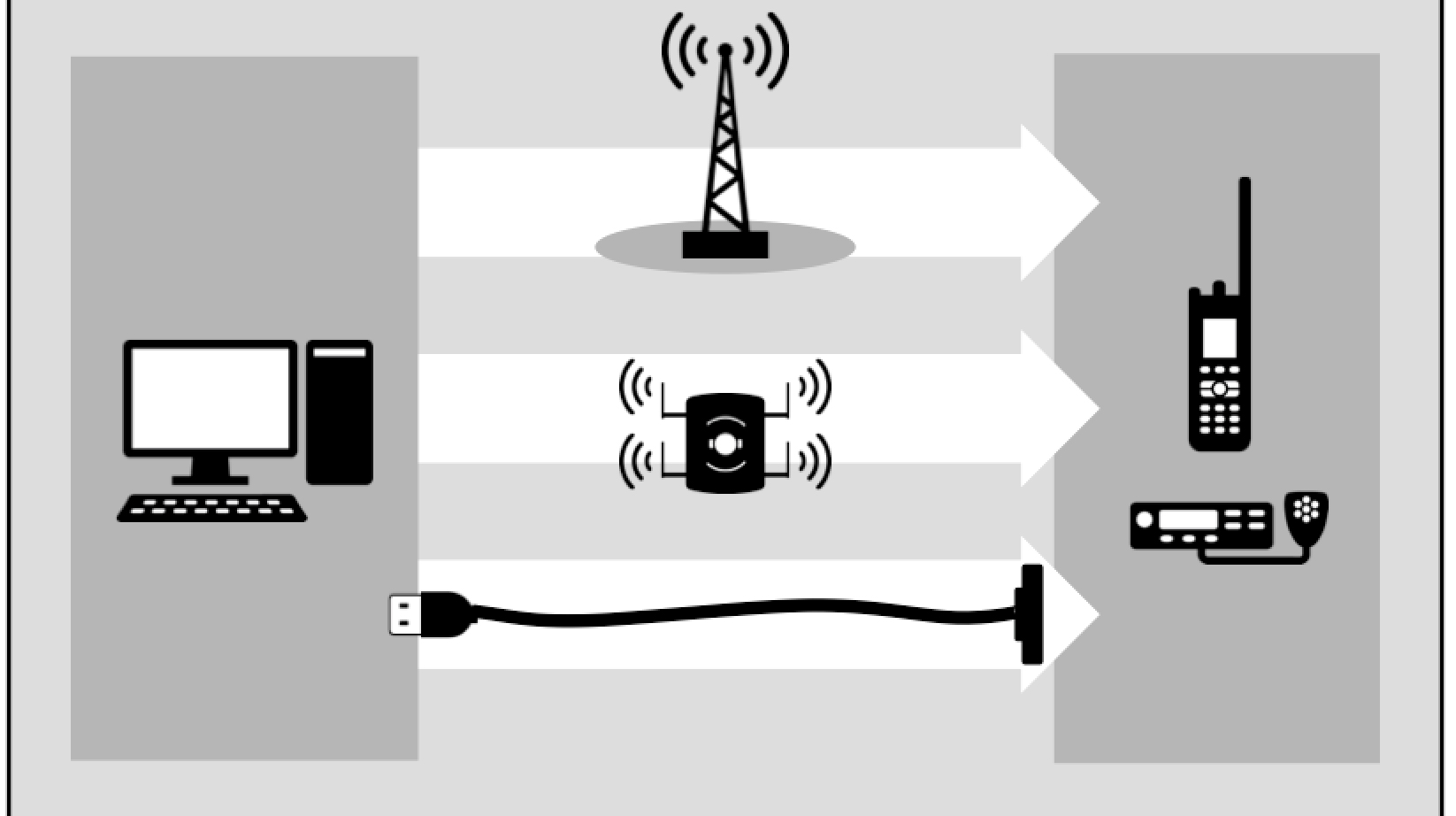As drones become more prevalent in police operations, many agencies are looking at how they can integrate them into workflows as first responders to reach and evaluate situations before officers arrive on scene. Drones as first responders can help de-escalate situations and keep everyone safe by providing vital information to officers that help make better decisions. The most innovative agencies are pursuing authorization to cover more ground with their first responder drone programs, improving safety for their communities and their personnel.
Going Beyond Visual Line of Sight
The most proactive application of UAS technology is Drone as First Responder (DFR). In this scenario, a drone and pilot in command (PIC) are strategically prepositioned on a rooftop and ready to launch as soon as a 911 call comes in. The drone is quickly airborne, and a teleoperator, usually located in a command center, takes control, guiding it to the scene and often beating ground-based units by minutes. Before officers arrive on scene, the teleoperator can communicate critical information gathered from the live-stream video in real time to Dispatch and Watch Commanders allowing them to make informed decisions about what resources are needed. Responding officers can stream the drone’s video from their smartphones and get a glimpse of what they are about to encounter. This rapid response time and situational awareness are vital in emergency situations where every second counts.
Taking DFR one step further and providing the ability to cover a wider area in the most efficient and effective manner requires beyond visual line of sight (BVLOS) operations. BVLOS operations involve flying a drone beyond the PIC’s visual range, which can be several miles away. This allows drones to operate beyond the range of traditional visual observers, improving situational awareness, increasing officer safety, and providing more effective crime prevention and response.
To earn the right to fly BVLOS operations, law enforcement agencies must comply with Federal Aviation Administration (FAA) regulations and obtain the necessary permissions and waivers, including a Certificate of Authorization (COA). This involves demonstrating that their drone systems can safely operate beyond visual line of sight and implementing robust safety protocols to minimize the risk of accidents or incidents. Law enforcement agencies must also demonstrate a clear need for BVLOS operations and have a detailed plan for how they will conduct their operations.
Earning FAA COA for BVLOS
It’s a challenging process, and less than 20 police agencies in the U.S. have earned a COA from the FAA to fly BVLOS. The process involves several steps and requirements, including applying for a COA, developing a safety case, developing standard operating procedures, training personnel, conducting test flights and maintaining compliance.
Developing a Concept of Operations (ConOps) can also be part of earning a COA. The ConOps describes the operational concept and the overall vision for the use of drones in the specific context of the police agency. The ConOps can help the police agency to define and refine their operational requirements, identify potential risks and constraints, and communicate the program to stakeholders, such as the FAA, local government and the public.
For first responders who use drones in emergency situations, having an FAA COA is crucial for a few reasons:
- Legality. Flying a drone without the proper authorization can result in fines and legal consequences. Having an FAA COA ensures that the drone operator complies with all relevant regulations and laws.
- Safety. Drones can pose a safety risk if not operated properly. The FAA COA includes specific safety protocols and restrictions that must be followed, which helps to mitigate the risk of accidents and injuries.
- Efficiency. During emergency situations, time is often of the essence. Having an FAA COA allows first responders to quickly and easily deploy drones to gather critical information or assess the situation without waiting for authorization.
- Reliability. The FAA COA process requires operators to demonstrate their proficiency in flying a drone, and their understanding of regulations and safety protocols. This helps to ensure that drones are operated by skilled and knowledgeable individuals, which can lead to more reliable and effective emergency response.
Leading the Way!
As you can see, earning a COA from the FAA to fly drones BVLOS requires significant time and resources. However, the outcomes are well worth the commitment as DFR provides police agencies with valuable tools for enhancing public safety and protecting their communities.
We want to extend a huge CONGRATULATIONS to these customers for earning their FAA COA and proving to be superheroes in their communities.
- Beverly Hills Police Department (CA)
- Brookhaven Police Department (GA)
- Chula Vista Police Department (CA)
- Clovis Police Department (CA)
- Hemet Police Department (CA)
- Redondo Beach Police Department (CA)
- Santa Monica Police Department (CA)
Their commitment to public safety and dedication to leveraging the latest technology to save lives is commendable.
Not all superheroes wear capes, but the men and women of these police agencies have earned their superhero status by using the latest technology, including Motorola Solutions’ CAPE drone software, to protect and serve their communities. We are proud to be their trusted partner in this mission, and we look forward to continuing to work with them and other law enforcement agencies across the country to help them achieve their drone program goals.
Starting a drone program and ultimately earning a COA from the FAA for BVLOS operations can seem overwhelming if you take it on yourself. CAPE’s industry-first technology has the tools needed to create a solid ConOps and earn your COA. From predefined geofences to obstacle avoidance features that provide required safeguards, CAPE makes it easier for agencies to meet the FAA’s strict requirements.




